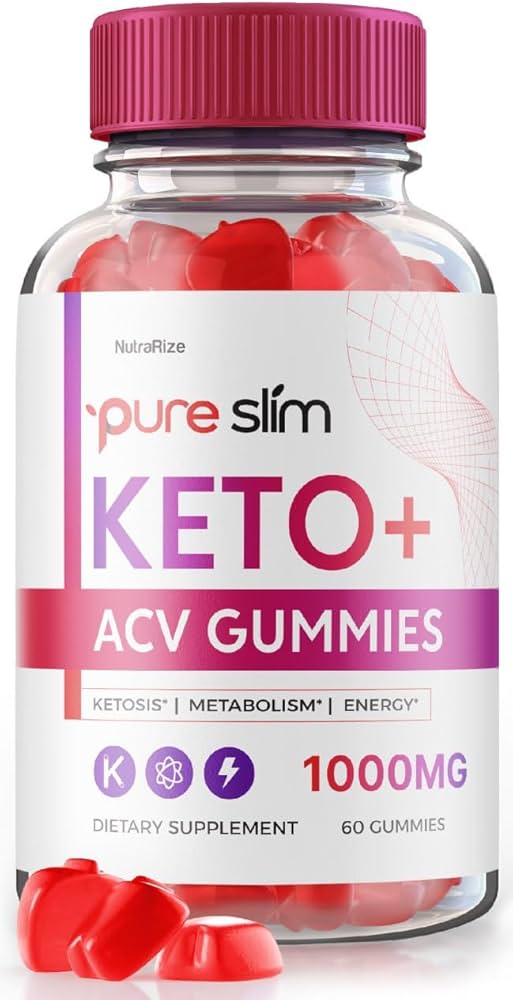Apply Now
Top 5 Smart Ways to Optimize Protein to Calorie Ratio in 2025
Understanding the Protein to Calorie Ratio
The protein to calorie ratio is a crucial metric for anyone looking to optimize their diet, whether for weight loss, muscle gain, or overall health. It reflects the amount of protein in a food item relative to its calorie content, highlighting not just the quality of the food but also its efficiency in delivering nutrients. Optimizing this ratio can lead to numerous benefits, including improved muscle synthesis, enhanced satiety, and better weight management. By focusing on high protein foods with lower calorie counts, individuals can align their diets with fitness goals effectively.
In calculating your protein calorie ratio, you begin by assessing the protein content in food. For instance, chicken breast is a popular choice for its high protein, low calorie profile. Understanding protein calories, such as knowing there are 4 calories per gram of protein, can help you make informed choices. Maintaining this ratio is essential for athletes and those engaged in fitness regimens who need adequate protein intake for muscle gain and recovery.
1. Choose High Protein, Low Calorie Foods
Incorporating high protein, low calorie foods into your diet is one of the most effective methods to improve your protein to calorie ratio. Foods such as lean meats, eggs, certain dairy products like Greek yogurt, and legumes provide substantial protein without excessive calories. Among plant-based protein sources, lentils and chickpeas stand out, offering a robust nutrient profile. Additionally, integrating whey protein supplements can help bolster your protein intake conveniently.
When planning meals, consider using proteins like skinless chicken breast or fish, which provide quality protein with a minimal caloric footprint. If snacking is your preference, opt for protein-rich snacks like cottage cheese or a handful of nuts. These dietary choices contribute to a favorable protein to calorie balance, helping to meet daily protein requirements while managing caloric intake.
2. Focus on Protein Quality vs. Quantity
While the quantity of protein is important, the quality cannot be overlooked. Not all protein sources are created equal; some provide essential amino acids necessary for body function, while others may lack them. For instance, animal proteins generally offer complete amino acid profiles compared to most plant proteins, which may require combining different sources for a full profile.
Understanding protein quality means evaluating the protein content in food during meal preparation. You can use a protein content comparison to ensure you meet your nutritional needs. For example, combining beans with rice ensures a complete protein, benefiting those following a plant-based diet. High-quality proteins support muscle recovery and overall health, making them a vital part of any diet aiming to optimize protein intake.
3. Meal Prep and Planning
Effective meal prep can significantly influence your protein calorie ratio when done thoughtfully. By planning your meals around high protein ingredients and balanced macros, you can ensure that every dish contributes positively to your nutritional goals. Include a variety of protein-rich meals in your preparation, such as quinoa salads topped with grilled chicken or vegetable stir-fry with tofu.
Incorporating protein-rich recipes along with meal prep not only saves time but also allows control over food quality and portion sizes. Utilize tools like a macro calculator to track your intake and make adjustments based on your fitness goals. Planning prevents impulsive eating habits and keeps your caloric intake aligned with your protein needs.
4. Timing Your Protein Intake
Another smart strategy is managing when you consume your protein. Nutrient timing—matching your protein intake with your exercise schedule—can maximize muscle recovery and improve performance. Consuming protein-rich meals or snacks around workouts can enhance muscle protein synthesis.
For athletes or those engaged in intense training, protein shakes can serve as effective post-workout replenishment. Protein shakes are an easy way to consume concentrated protein and can be tailored to individual caloric and macronutrient needs. Just remember to consider the calories from protein shakes, so you keep your overall protein calorie ratio optimal.
5. Count Your Protein Calories Wisely
Lastly, actively counting your protein calories is essential for balancing your diet and ensuring you meet daily protein intake levels. Utilizing apps or food tracking journals enables effective nutrition tracking and helps you remain accountable. Monitor your dietary habits and ensure you adjust portions as needed to maintain a healthy protein to calorie ratio.
Understanding the impacts of protein on satiety can also aid in managing your caloric intake. High-protein meals may help control hunger, making it easier to stay within your daily caloric goals—an essential component of weight management and fat loss strategies.
Conclusion
Maximizing your protein to calorie ratio in your diet is a powerful strategy for anyone looking to enhance their nutritional intake and achieve fitness goals. By understanding protein quality, focusing on high protein, low calorie foods, meal prepping smartly, timing your intake appropriately, and counting your calories wisely, you can build a diet that supports muscle gain and weight management effectively. Emphasizing protein-rich meals and snacks not only optimizes your health but also aligns with nutritional best practices for 2025.




